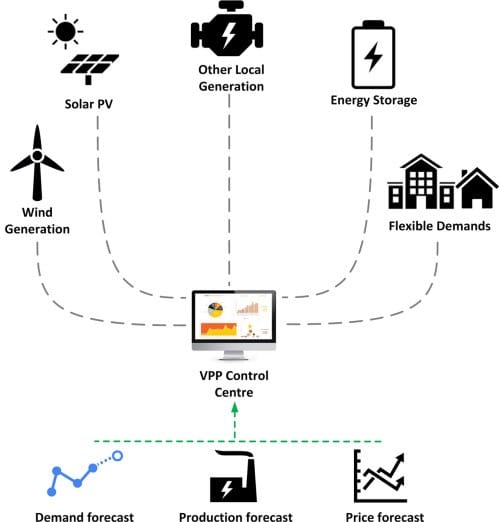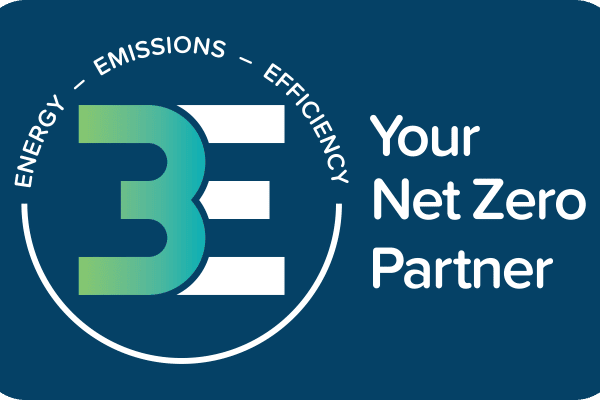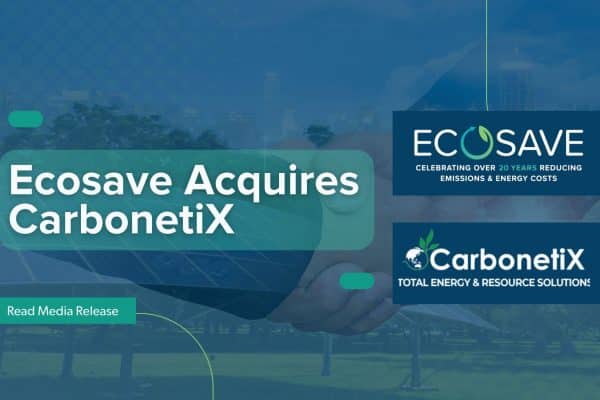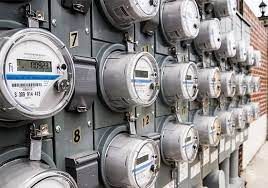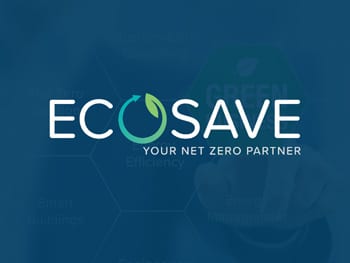The solar industry—and the energy sector more broadly—is changing fast. Virtual power plants are one example of how technology and policy developments are enabling new opportunities.
Until recently, Australia focused on large centralised plants, often fossil-fuel plants, to provide power to the grid. But now, small and independent producers are producing solar, wind, and other renewable resources from many different locations all over Australia and feeding some or all of that power to the grid.
The increased production of these distributed resources has disrupted the centralised power model and there is a need for new ways to integrate these distributed resources. A virtual power plant can do just that, often providing reliable power by utilising renewable energy and batteries that store the solar – among other types of distributed energy.
-
What are Virtual Power Plants?
-
What is the goal or objective of a Virtual Power Plant?
-
How does Virtual Power Plant work?
-
Are VPPs the future of solar power in Australia?
What are Virtual Power Plants?
- A virtual power plant (VPP) is a cloud-based network of distributed energy resources – such as homes and commercial buildings with solar and battery systems – all working together as a single power plant.
- A VPP aggregates the capacities of heterogeneous distributed energy resources (DER) for the purposes of enhancing power generation as well as trading or selling power on the electricity market.
- Energy generation, storage, and consumption across a number of small sites – e.g. rooftop solar PV systems on homes and businesses coupled with batteries – can be aggregated and orchestrated to dispatch into the grid at the right place at the right time.
- The capacity and power of a VPP can sometimes match or even exceed a traditional power station.
- Examples of virtual power plants exist in the United States, Europe, and Australia.
Did you know? South Australia has the world’s largest Virtual Power Plant with a network of 50,000 solar and Tesla Powerwall home battery systems all working together as a single power plant.
What is the goal or objective of a Virtual Power Plant?
- The objective of a VPP is to relieve the load on the grid by smartly distributing the power generated by the individual units during periods of peak load. Additionally, the combined power generation and power consumption of the networked units in the Virtual Power Plant is traded on the energy exchange.
- The idea behind a VPP is to link together a large number of distributed resources in such a way that these can be scheduled or dispatched from a central control room in the same way as a traditional large power plant.
- This approach can, in principle, replace conventional power plants with aggregations of local resources.
- However, designing and implementing the necessary communications and control infrastructure to effectively manage large numbers of distributed resources is a complex task.
How does Virtual Power Plant work?
- Maybe you are already familiar with the concept of energy micro generation, whereby a building or a household, for instance, can produce store and even share the energy generated through renewable sources. A VVP clusters many of those micro generators so that they can work together as a conventional plant by means of a centralized control system.
- What a virtual power plant achieves is to intertwine multiple sources concentrated in one area wind and solar power plants, storage batteries biomass plants and conventional energy generation sources, while coordinating them through a remote software system.
- When a certain consumer has run out of energy he can have access to other sources or should a generation point have spare energy available it can be shared with other consumers.
- The VPP operator uses WiFi technology and sophisticated software to charge or discharge energy from the batteries and trade it on the National Energy Market (NEM).
- With many systems working together, small amounts of energy stored in individual batteries can become large amounts of energy to help support the grid in times of need.
- For A VPP to work, it involves using software and communications to make the distributed energy resources visible to a retailer and/or the network.
- The generating and storage assets can be owned by a central owner (such as an electricity retailer) and located at consumers’ sites with the power paid for by the consumer. Alternatively, they can be owned by multiple entities and managed centrally by a service provider.
- The participants of the Virtual Power Plant are connected to the VPP’s central control system via a remote control unit. This way, all assets can be efficiently monitored, coordinated and controlled by the central control system.
- Control commands and data are transmitted via secured data connections which are shielded from other data traffic due to encryption protocols.
- In addition to operating every individual asset in the Virtual Power Plant along an optimised schedule, the central control system uses a special algorithm to adjust to balancing reserve commands from transmission system operators, just as larger conventional power plants do.
- The bidirectional data exchange between the individual plants and the VPP not only enables the transmission of control commands, it also provides real-time data on the capacity utilisation of the networked units. For example, the feed-in of wind energy and solar plants, as well as consumption data and electricity storage charge levels, can be used to generate precise forecasts for electricity trading and scheduling of the controllable power plants.
Are VPPs the future of solar power in Australia?
- Virtual powerplants are part of a future trend that will include solar energy.
- The Australian Energy Market Operator (AEMO) has released its two-decade outlook for the way Australia can generate the cheapest and most reliable electricity. By 2040, AEMO is projecting that two thirds of coal-fired power generation is likely to be retired. That opens the way for a 200 per cent increase in household solar and batteries and increased reliance on grid-scale solar and wind, along with pumped hydro.
- AEMO predicts that 90% of electricity could be generated from renewable sources by 2040. Rooftop Solar will no doubt play a large part in that transition.
- Virtual Power Plants will become increasingly popular as market participants (energy retailers and aggregators) capitalise on emerging business opportunities to aggregate massive generation and storage capacity into VPPs
- “As subsidies for solar PV decline over time, customers will be seeking new ways to maximise the value from their solar PV systems. Being part of a VPP is a key way to achieve that goal,” says Peter Asmus, research director, Navigant Research.
There are plenty of benefits in this system
- It allows to produce energy at a lower cost
- it provides customers with enhanced flexibility co2 emissions are reduced
- and since consumption points are very close to those where energy is generated there’s a decrease in the loss of energy during transportation this system may make energy sustainable and efficient cities and increasing reality
Technological innovation is managing to integrate renewable energies into our cities actual consumption. Virtual power plants – a new more efficient and sustainable energy management system – are proof of this.
Click here for more information for Ecosave’s National Operation Centre (ENOC) and VPP solutions
